 |
|||||||
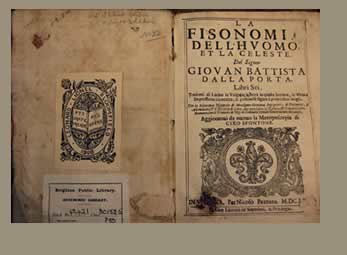 |
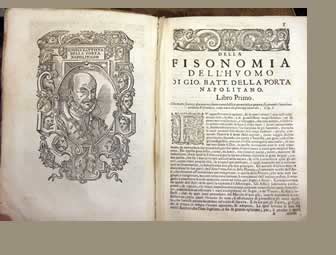 |
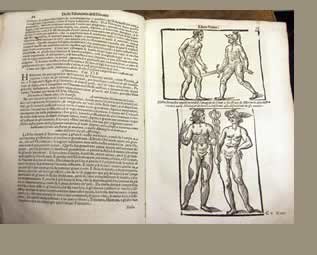 |
|||||
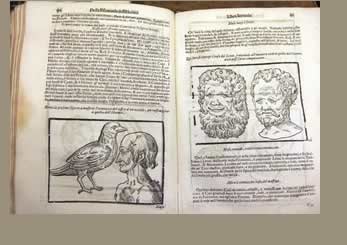 |
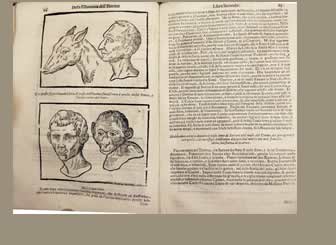 |
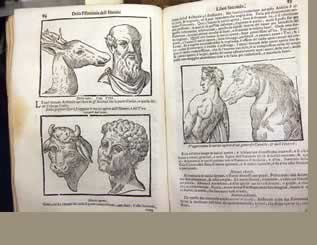 |
|||||
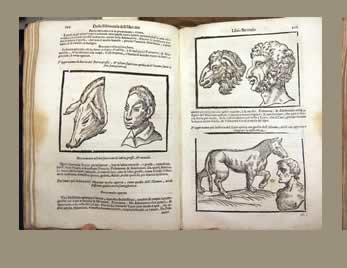 |
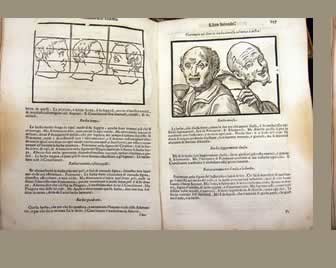 |
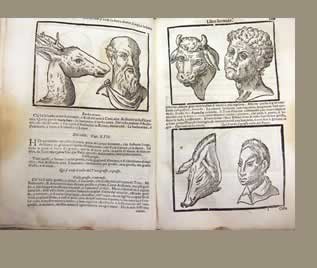 |
|||||
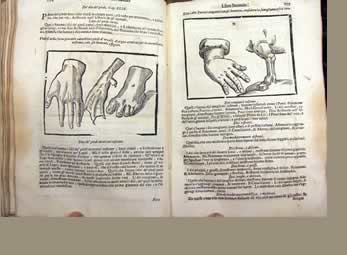 |
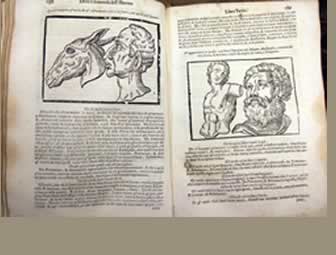 |
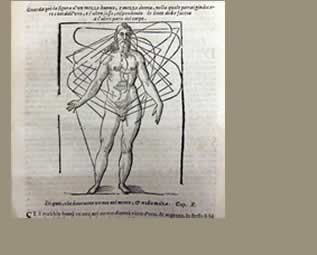 |
|||||
 |
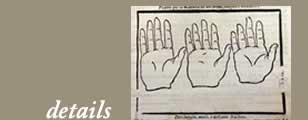 |
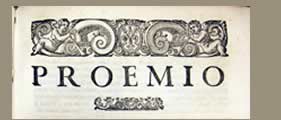 |
|||||
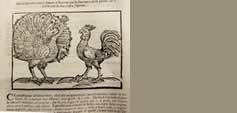 |
|||||||
 |
|||||||
 |
 |
||||||
Della Porta (1535-1615) was celebrated during his lifetime as a Polymath (see the attributes he is granted in the portrait to the 1668 edition, chemistry, mathematics, anatomy, comparative anatomy and general esoteric practices). As well as being a practising physician he wrote at least 17 published plays and amid a welter of scientific tosh, discovered that the fall of light generated heat.Perhaps the most impressive contribution he made were his pioneering developments in cryptography, much of which we are only now beginning to comprehend. There was little in the world of ideas he would not, with enormous confidence, throw himself into. The Fisonomia, despite the loopiness of the quasi-scientific conclusions, was a highly influential book drawn on by artists, caricaturists, even those wishing to hire a servant. In that humankind might be associated with one or an admixture of the Four Elements, they might also be associated with certain limited animal physiognomic prototypes. I have seen copies after della Porta from the hand of Thomas Rowlandson, and also his influence on Francisco Goya and Honoré Daumier was considerable.The work was written in Latin and first published in 1586 as De humana physiognomia. Its popularity can be judged from the number of editions, 19 before 1701, translated into Italian (1598; translation by Salvatore Scarano), German (1651), French (1655), and English (1817). It was influential on most works of Physiognomy, particularly the seminal work, J.C.Lavater's Essays on Physiognomy (1789–1798). Note the visual transition in the Essays from the Frog to the Apollo Belvedere. Della Porta's influence continued into the Nineteenth Century, e.g. Redfield's Comparative Anatomy,or Resemblances Between Men and Animals, New York 1852. "Porta's system . . . leads him constantly to conclusions of analogies between plants, animals and men. Similar humours are found in various apparently unrelated organisms. Plants and animals that correspond in shape are interrelated. A leaf formed like a stag horn shares the character of the deer. The horse is a noble animal, therefore it is a sign of nobility to walk erect with the head held high. Men who resemble a donkey are like that animal: timid, stupid, nervous. He who looks like an ostrich is akin to it in character: he is timid, elegant, vicious, stolid. A man who reminds us of a swine is a swine, eating greedily and having all the other characteristics, such as rudeness, irascibility, lack of discipline, sordidness, lack of intelligence [and] modesty. In a similar way, men who look like ravens are impudent; those who resemble oxen are stubborn, lazy, irascible; men who have lips shaped like those of a lion are hearty, magnanimous, courageous; others who make us think of a ram are timid, malicious and humble. When practising medicine, Porta had many occasions to observe his patients, and to study their character and complexion; the results of this studious inquiry are laid down in his book." (Kurt Seligmann, The History of Magic) . Many of his ideas veer from the ingenious to to the dotty, yet I have to remind myself that there is a sinister side to Physiognomy, where your psychological and racial characteristics could be accurately read from your facial structures. |